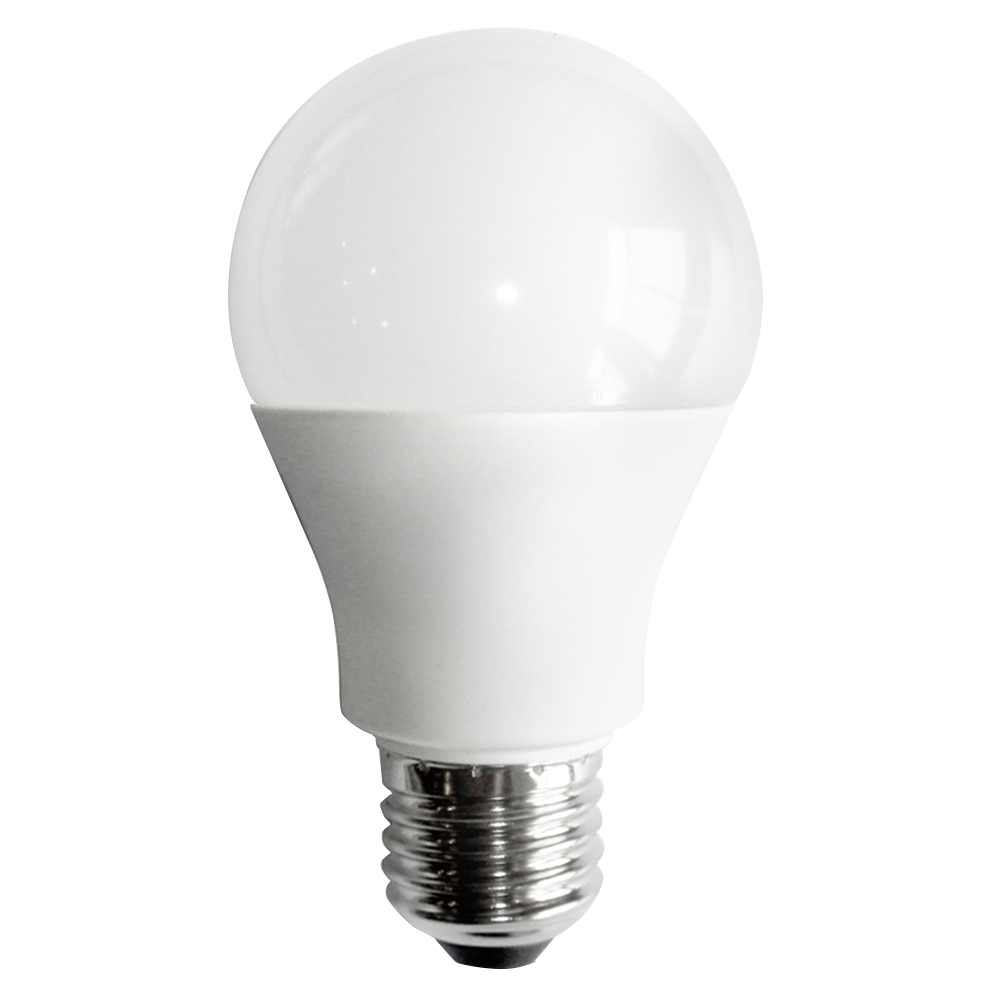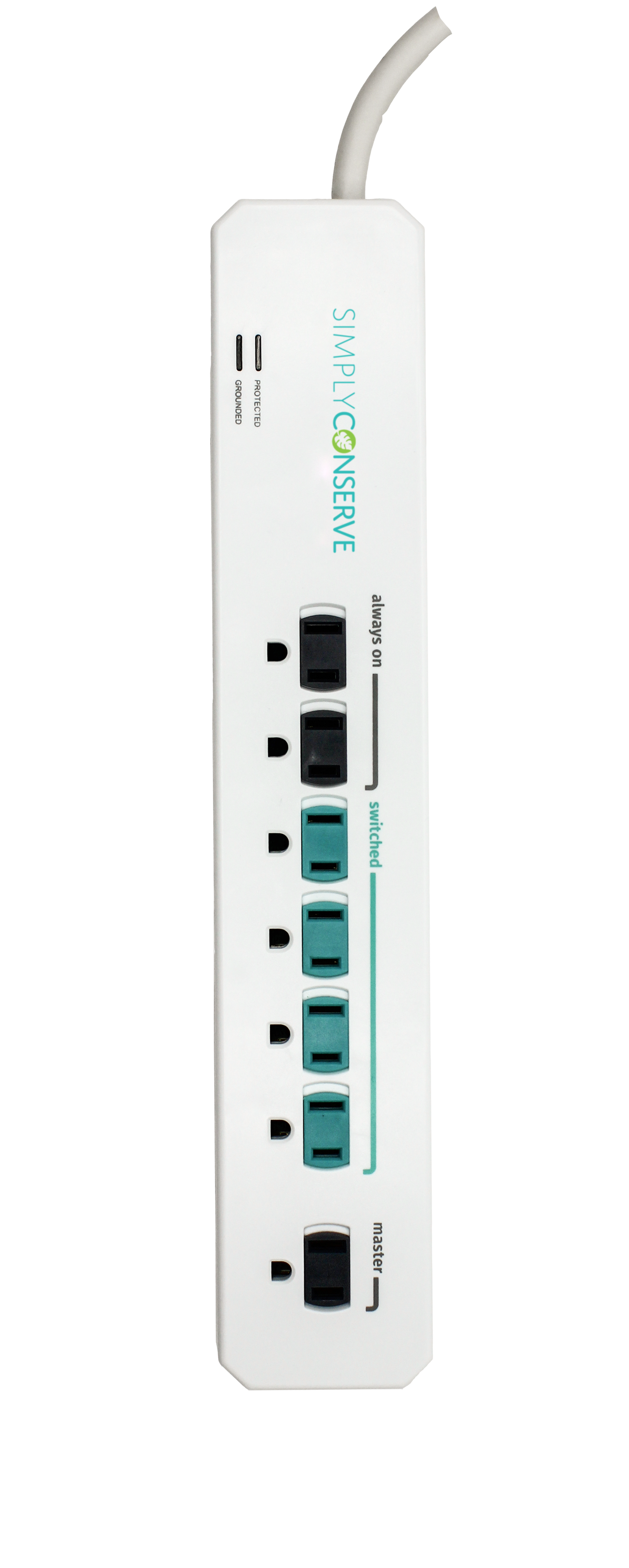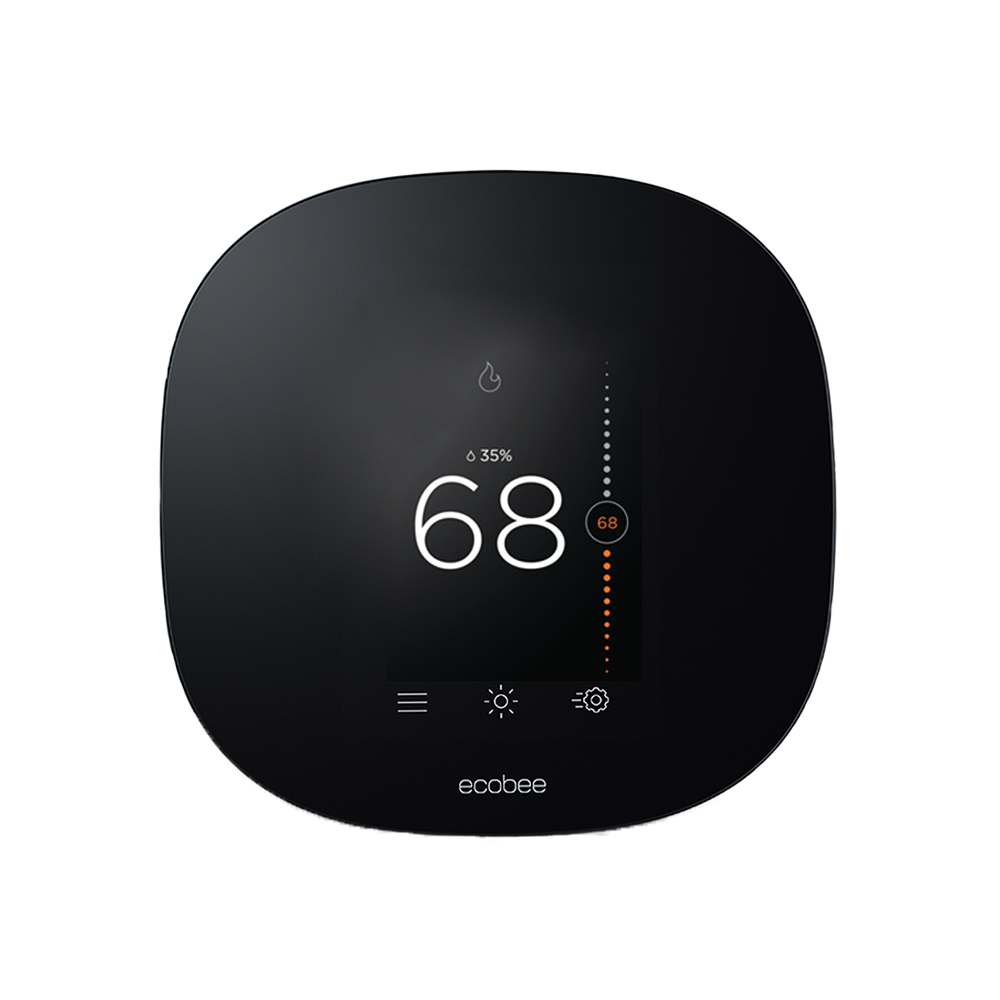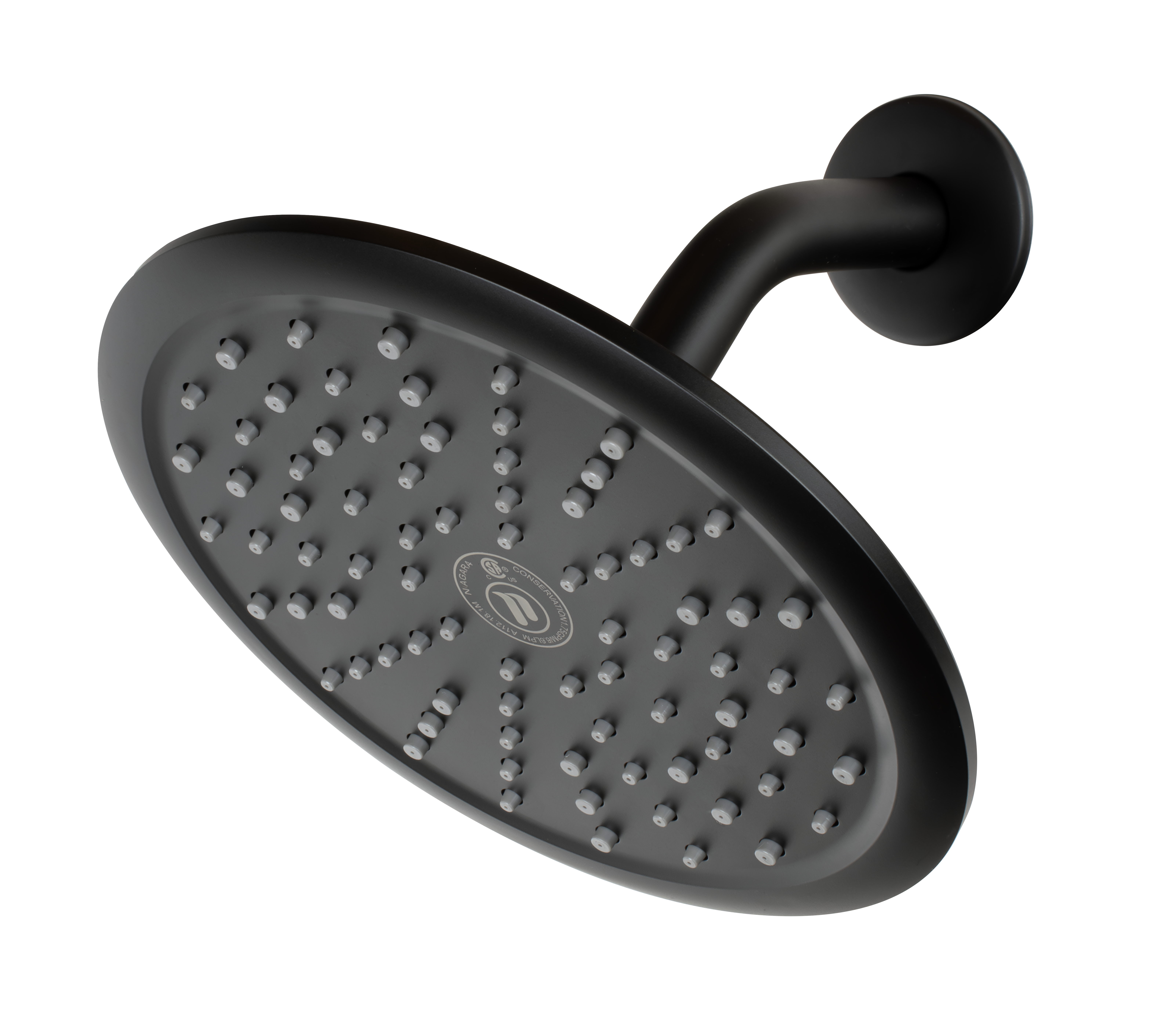The multifamily sector is an undeniably tricky one when it comes to creating energy savings. Navigating customer engagement, new technology, communication with renters and decision makers can be challenging, but utility programs can help. With the right partner, realizing energy savings in tenant spaces can be easier than in seems.
Here are 10 of the top ways to cut energy use in individual apartment units.
1. Switch to LEDs
Everyone needs light, and lighting uses as much as 77 percent of the energy
consumed in a unit, which makes this an obvious place to start. Upgrading to LEDs can reduce tenants’ lighting-based energy consumption by 30-50% with a typical payback period of only 1-3 years.
2. Cool with ENERGY STAR® Equipment.
The U.S. Energy Information Administration (EIA) estimates that electricity use by fans and air-conditioning equipment was the single largest use of electricity within the residential sector in 2018. Replacing old air conditioners or ceiling fans with an ENERGY STAR® model will reduce energy costs and increase comfort—but be sure the new AC is sized properly for the space to maximize efficiency.
3. Turn Off Ceiling Fans When Leaving a Room.
Most people know to turn off lights when exiting a room, but many leave their ceiling fan on. Why is that? People often believe that ceiling fans help with cooling a space, but the truth is that ceiling fans only serve their purpose when someone is in the room. They don’t actually lower the temperature—they simply circulate cool air across the skin, making people in the room feel more comfortable. When a ceiling fan is left running in an unoccupied room, the only thing it’s doing is adding heat from the fan motor and wasting energy.
4. Cut Plug and Process Loads (PPL).
In simple terms, plug and process loads (PPLs) are appliances connected to electrical outlets. In apartments, PPLs include computer equipment and peripherals, task lighting and kitchen appliances, among other things. They account for an average of 30% of the electricity used in an apartment unit. A careful inventory could cut plug loads by 20-50% with the process of unplugging unused appliances. Utilizing advanced power strips with occupancy sensors will shut off unintentional energy use in appliances like video game consoles, dvd players, personal printers, and desk lamps...
5. Replace Air Filters Every 3 Months.
A clean air filter will allow for better air flow through the furnace to improve heat transfer, resulting in lower energy bills. When equipment doesn’t need to work as hard to do its job, it tends to last longer while providing cleaner air to the apartment. For cleaning large particulates, inexpensive cardboard and spun fiberglass filters (MERV1-4) are available but not preferred. Higher quality filters (MERV 5-7) typically cost a bit more but they also filter air more thoroughly and may reduce chances for illness or allergies.
6. Install a Smart Thermostat (or at Least a Programmable One).
Since air conditioning and heating typically account for the largest share of a tenant’s bill, they also present the most significant opportunity for savings. Installing a smart or programmable thermostat has the potential to make a big impact on an annual bill, but only if the learning or programmable functionality is utilized properly. A smart or learning thermostat will adjust to the user’s lifestyle, but a programmable model needs more manual adjusting up front to save energy. A good rule of thumb is to set the thermostat one degree higher than usual in the summer and one degree lower in the winter. If that’s no bother, go one degree further until reaching the right compromise between comfort and cost. But remember, never set a thermostat back more than 10 degrees in either direction during unoccupied times or risk negating the savings due to added runtime of equipment to compensate for the large change.
7. Run the Dishwasher Instead of Hand-Washing Dishes.
According to ENERGY STAR®, someone who prepares at least two meals a day for a family of four could save more than 75% in energy and water costs by running the dishwasher instead of hand-washing dishes. Wasting water by rinsing dishes before putting them into the dishwasher isn’t necessary; simply scraping the plates is as efficient. But for those who can’t help themselves, using cold water instead of warm or hot is an energy-saver. These tips sound simple, but the water and energy costs associated with cycling equipment on less than full loads add up quickly while also increasing wear on the equipment because of the added cycles.
8. Set the Water Heater at No More than 125°F and No Less than 120°F.
The Department of Energy recommends setting tank-based hot water-heater temperature to 120°F, but the default setting from most manufacturers is 140°F. On the flip side, if a water heater is set too low, water may not get hot enough, or worse, pose risk of growing dangerous bacteria like Legionella. Every 10 degrees the water tank thermometer is turned down, 3-5% savings are realized.
9. Replace Showerheads with a WaterSense™ Model.
Showering is one of the leading ways water is used in the home, accounting for nearly 17% of residential indoor water use. For the average family, that adds up to nearly 40 gallons per day. A standard showerhead uses 2.5 gallons of water per minute (GPM), while water-saving showerheads that have earned the WaterSense™ label use no more than 2.0 GPM. There are many luxurious WaterSense™ models on the market today that utilize pressure-compensating technology to ensure quality isn’t sacrificed.
10. Cover Wall-Mounted Air Conditioners and Remove Window AC Units During the Heating Season.
In locations with permanently installed window or through-wall air conditioners, a flexible plastic wrap or hard cover should be installed on the interior of the air conditioner unit during the winter months. Air conditioner covers reduce cold air infiltration in the units, save on heating costs and make units more comfortable.
To learn more about how to
save energy in a multifamily or residential setting, contact us today.



